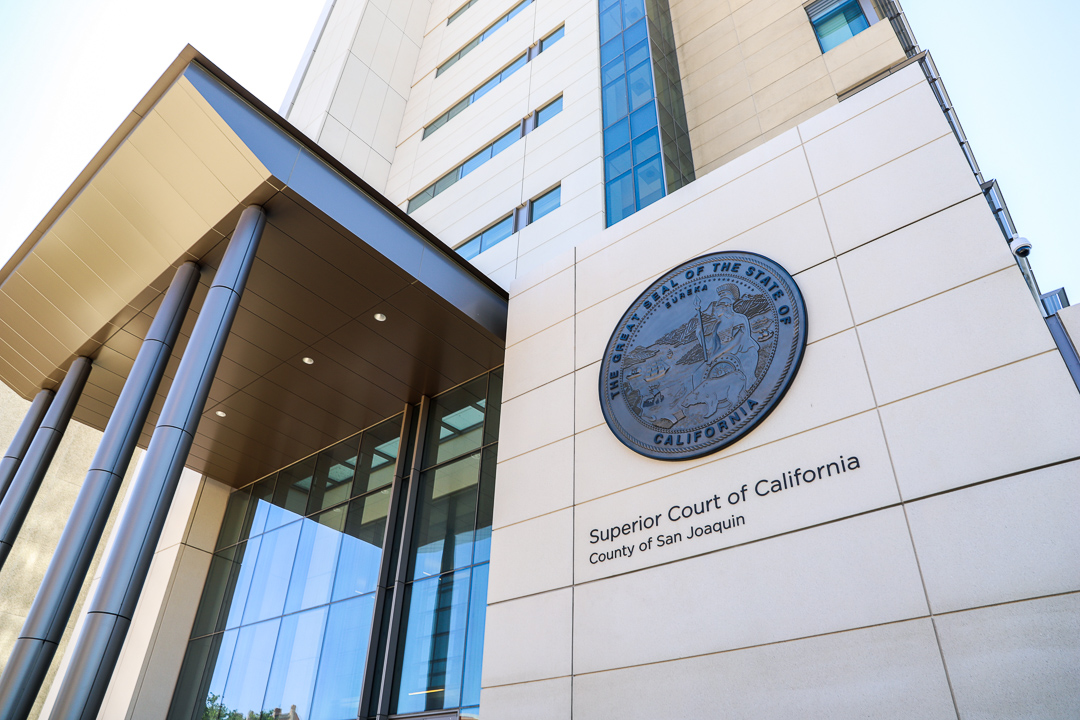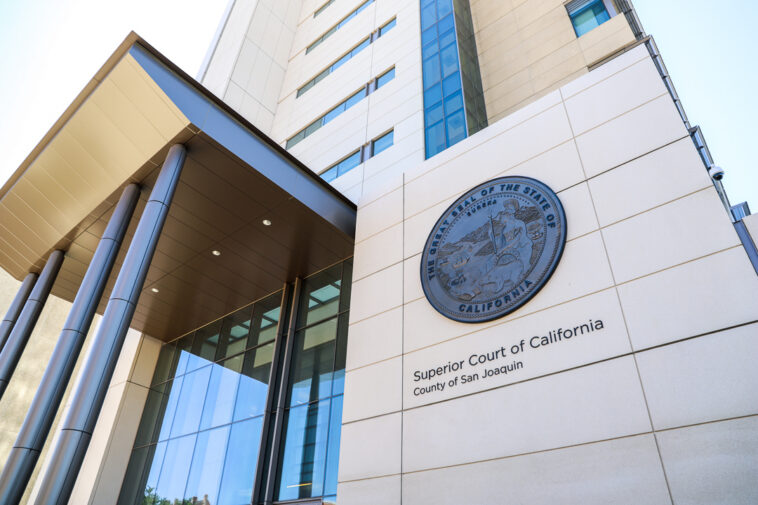
A Windfall for San Joaquin County: A Closer Look at the $380,000 Seizure from Drug Trafficking Convictions
Here’s an intriguing facet of law enforcement — seizing assets from convicted drug traffickers and returning them to public coffers to ‘hit criminals where it hurts’. San Joaquin County has been in the limelight recently for successfully doing so, breathing new life into the saying “Crime doesn’t pay”. Well, it does — just not for the criminals!
Crime Finances: Unpacking the Financial Impact of Drug Raids
In a twist of events, it appears that while crime doesn’t pay for offenders, it can pay dividends for the county. It’s a cycle in which gains from illicit activities feed back into law enforcement and community building. The story revolves around the offices of District Attorney Ron Freitas and Sheriff Patrick Withrow, both of whom are currently rejoicing over a windfall county hadn’t expected– $379,744.
$380,000 Seizure from Convictions: Making Sense of the Financial Coup
Under the spotlight is a recent jury decision in San Joaquin County that commanded a hefty sum of $379,744 previously confiscated during various drug raids be forfeited. This sum, adjudged as proceeds from narcotics trafficking, doesn’t stand as an isolated case. Along with the money, there was an arsenal of firearms and a sizeable quantity of drugs seized by the Metro Narcotics Task Force in 2020, which, as Freitas said in a statement, hits the criminals directly in their wallets.
The Confusing Bits of Crime Busts: From Raids to Convictions
While the funding boost to the county from such seizures is welcomed, the journey from raiding a drug den to a successful conviction can be bristling with tangled issues. The investigations are time-consuming and layered with fine points, requiring meticulous digging into by law enforcement agencies. In the case of San Joaquin County, the cash seizure was accompanied by the confiscation of eight guns and 130 fentanyl pills during raids in 2020.
Convictions and Their Aftermath: An Insight into Drug Trafficking Networks
The trials and convictions following the initial seizures are not just about assigning guilt and implementing punishment, but they often reveal the scale and operations of drug-trafficking networks. After a nine-day trial, five individuals were convicted in this particular instance, effectively ending a drug-trafficking network, according to Freitas.
The Role of Local Law Enforcement: Navigating Criminal Networks
In cases like these, local law enforcement agencies such as the sheriff’s office play a critical role, working through the daunting world of drug trafficking to ensure justice. They need to anticipate the little twists and turns, understand the confusing bits, and navigate the thorny underbelly of narcotics trade. In this convoluted journey, even a cash seizure becomes a landmark of success.
Public Coffers Reinforced: The Silver Lining
The marquis value is the intake of such a substantial amount by the county, a boost to its economy. These ill-gotten gains reinvested into the community truly demonstrate that in some twisted way, crime does pay, just not in the way we’d typically suspect.
Final Takeaway: Crime Not Paying for Criminals but Benefiting Community
It’s vital to remember that successes of this nature are not without their hidden complexities and off-putting elements. However, the notion of criminals’ money being used for the betterment of the community is indeed a unique interplay of community development and law enforcement strategies.
Originally Post From https://stocktonia.org/news/justice/2025/02/19/san-joaquin-county-awarded-380000-seized-amid-drug-trafficking-convictions/
Read more about this topic at
Sheriff Under Scrutiny over Drug Money Spending
Transnational Organized Crime and Seized Assets


